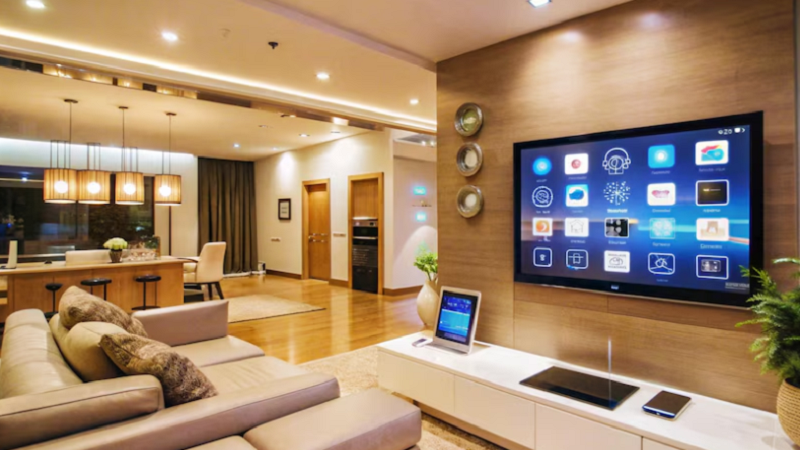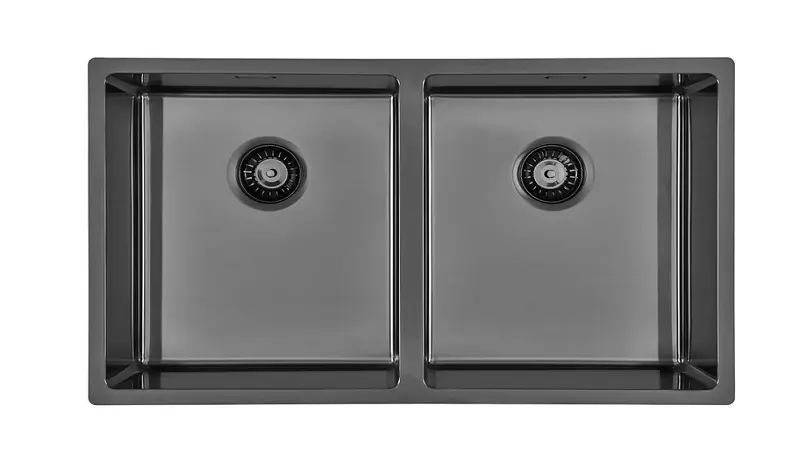The kitchen is often referred to as the heart of the home, where family and friends gather to share meals, conversations, and memories. Designing a kitchen that is not only functional but also visually appealing is essential in creating a welcoming space. One of the most important aspects of kitchen design is the integration of various elements such as the worktop and apron, ensuring that they complement each other to achieve harmony. Interior Architects London has long understood the significance of this balance, and their design principles can help anyone create a cohesive kitchen space.
The Importance of the Worktop in Kitchen Design
A worktop is arguably one of the most critical features in any kitchen, as it plays both a practical and aesthetic role. It serves as the surface for meal preparation, cooking, and other kitchen activities, and its material, color, and finish can significantly impact the overall design. Worktops come in various materials, such as granite, marble, quartz, and laminate, each offering different textures and appearances.
When selecting a worktop, it’s essential to consider the color scheme and style of the entire kitchen. Interior Architects London often emphasizes the need for balance between different surfaces in the kitchen. For example, a sleek, polished marble worktop pairs beautifully with a modern kitchen, while a more textured stone surface works well in a rustic or farmhouse-style space.
However, the worktop alone cannot create a harmonious kitchen. The apron, also known as the backsplash, plays a crucial role in tying the design together, providing both functional protection for the walls and an opportunity to enhance the kitchen’s aesthetic.
Understanding the Role of the Apron (Backsplash)
The apron, or backsplash, protects the walls from stains, moisture, and heat damage caused by cooking and cleaning. But more than its functional purpose, the apron offers a chance to introduce texture, color, and design elements that complement or contrast the worktop.
Interior Architects London often use the apron as a design feature to create visual interest in the kitchen. Whether you choose simple tiles, a solid glass panel, or an intricately patterned mosaic, the apron is a canvas that can elevate the overall design of the kitchen. It can either blend with the worktop for a subtle, cohesive look or stand out as a bold statement piece.
Achieving Harmony Between Apron and Worktop
To create a harmonious kitchen, the apron, and worktop must work together to form a cohesive visual story. Achieving this balance requires careful consideration of materials, colors, and patterns. Interior Architects London offers several strategies for combining aprons and worktops effectively.
1. Matching Materials and Textures
One of the easiest ways to create harmony between the worktop and the apron is to use the same material for both. For example, if you have a marble worktop, consider extending that same marble up the wall to serve as the apron. This approach creates a seamless flow between the two surfaces and can make the kitchen feel more open and cohesive.
Interior Architects London often recommends this technique for smaller kitchens where a consistent material helps to visually expand the space. However, this strategy can also be used in larger kitchens for a more elegant, minimalist look. The key is to ensure that the material chosen for both the worktop and apron is durable enough to withstand the demands of kitchen use.
2. Contrasting Colors for Visual Interest
While matching materials can create a seamless look, contrasting colors can bring energy and dynamism to a kitchen. Interior Architects London suggests pairing a neutral worktop with a colorful or patterned apron to draw attention to the backsplash. For example, a simple white quartz worktop can be paired with a vibrant blue or green tile apron, creating a focal point in the kitchen without overwhelming the space.
When using contrasting colors, it’s essential to ensure that the overall color palette of the kitchen remains balanced. Choose complementary colors that work well together, such as shades that appear on opposite sides of the color wheel. For instance, a warm-toned wooden worktop might pair beautifully with a cool blue or grey apron, creating a sense of balance and harmony.
3. Using Patterns to Enhance Design
Interior Architects London also advocates for using patterns on the apron to create visual intrigue in the kitchen. A patterned apron can add texture and personality to the space, particularly when the worktop is a more subdued, solid color. For example, a geometric tile backsplash paired with a sleek, black granite worktop can introduce a modern, artistic feel to the kitchen.
When incorporating patterns, it’s important to ensure that the design doesn’t clash with the worktop. The pattern should complement the overall style of the kitchen without overpowering the space. Interior Architects London often recommends choosing patterns that include colors from the worktop to maintain visual cohesion.
4. Coordinating Finishes
The finish of the worktop and apron also plays a role in achieving harmony. Whether you opt for a glossy, matte, or textured finish, the choice will impact how light interacts with the surfaces and how the kitchen feels overall. Interior Architects London often emphasizes the importance of coordinating finishes to create a unified look.
For instance, if you have a polished, glossy worktop, consider using a similarly glossy finish for the apron. This will reflect light throughout the space and give the kitchen a sleek, modern appearance. On the other hand, pairing a matte worktop with a matte or textured apron can create a more understated, cozy vibe.
5. Balancing Proportions
Proportions are another crucial element in creating harmony between the apron and the worktop. Interior Architects London suggests paying close attention to the height of the apron and the width of the worktop to ensure that they are in proportion to one another. A worktop that is too wide concerning a short apron can feel unbalanced, while an apron that is too tall in comparison to the worktop can overwhelm the space.
A good rule of thumb is to ensure that the apron extends at least halfway up the wall between the worktop and upper cabinets. This provides adequate protection for the walls while maintaining a balanced visual relationship between the two surfaces.
6. Incorporating Natural Elements
For those who prefer a more organic, natural look, Interior Architects London recommends incorporating natural elements into both the worktop and apron. Materials like stone, wood, and ceramic can bring warmth and texture to the kitchen, creating a more inviting atmosphere.
For example, a wooden worktop paired with a natural stone apron can evoke a rustic, earthy feel that is perfect for a country-style kitchen. Alternatively, a quartz worktop paired with ceramic tiles can create a modern yet natural look, especially when the colors are chosen to reflect the natural world.
7. Considering Lighting
Lighting plays a vital role in how both the worktop and apron are perceived in the kitchen. Interior Architects London often emphasizes the importance of strategically placed lighting to highlight these features. Under-cabinet lighting, for example, can illuminate the apron and worktop, bringing out the textures and colors of the materials.
If you have chosen a reflective worktop or apron, lighting can enhance the shine and create a brighter, more open kitchen. On the other hand, matte finishes can be softened with warm lighting to create a cozy, intimate atmosphere.
Achieving harmony between the apron and worktop is essential in creating a kitchen that feels cohesive and visually appealing. Interior Architects London have demonstrated that by carefully considering materials, colors, patterns, proportions, and lighting, you can create a kitchen where every element works together in perfect balance.
Whether you prefer a seamless, matching look or a bold contrast between the worktop and apron, the key is to maintain a sense of unity throughout the space. By incorporating the principles of harmony and balance into your design, you can transform your kitchen into a beautiful, functional, and inviting space where family and friends will love to gather.
Incorporating these expert tips from Interior Architects London will not only enhance the visual appeal of your kitchen but will also ensure that your design choices stand the test of time, offering both style and practicality for years to come.




